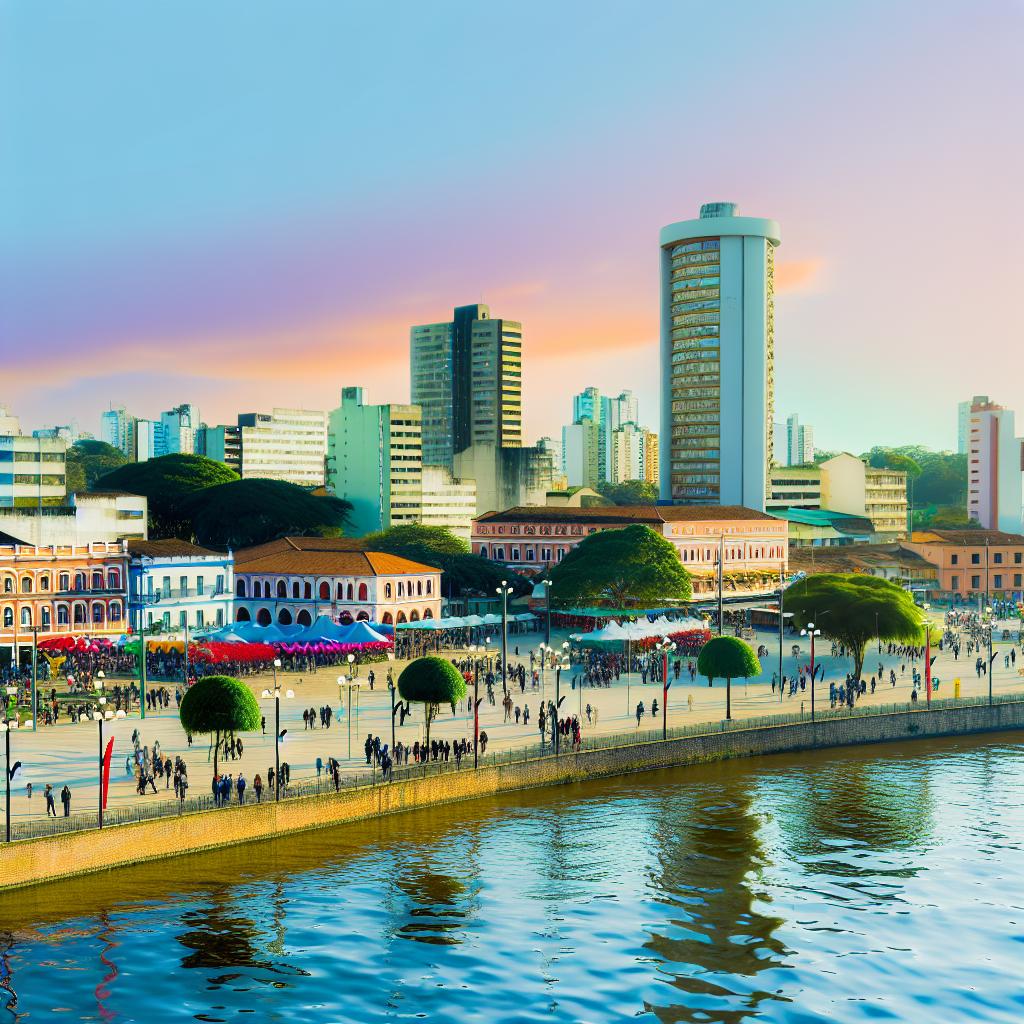Porto Alegre

Introduction to Porto Alegre
Porto Alegre, the vibrant capital of Rio Grande do Sul in Brazil, is a key cultural and economic hub. Known for its rich history, unique architecture, and beautiful parks, the city offers a diverse array of experiences for travelers looking to explore southern Brazil.
Getting to Porto Alegre
Located near the Patos Lagoon, Porto Alegre is accessible by several modes of transportation. Air travel is facilitated by Salgado Filho International Airport, which connects the city to major Brazilian cities and international destinations. Bus services are available from other Brazilian states, and the city is a hub for regional travel.
Public Transportation
Porto Alegre has a comprehensive public transportation system that includes buses and a metro line known as the Trensurb. Buses are the primary means of getting around, and they connect most areas of the city efficiently. The Trensurb connects Porto Alegre to neighboring cities, providing a smooth travel experience for those wishing to explore the metropolitan region.
Main Attractions
Porto Alegre boasts several attractions that cater to historical, cultural, and natural interests.
The Historic Center
The Historic Center of Porto Alegre is a must-visit area filled with cultural landmarks such as the São Pedro Theatre, the Metropolitan Cathedral, and the Piratini Palace. Wandering through the cobbled streets offers a glimpse into the city’s colonial past.
Parks and Green Spaces
For outdoor enthusiasts, the city provides numerous parks. The Farroupilha Park, often called Redenção, is one of the largest and most renowned green spaces, hosting local markets and cultural events. Another notable site is the Botanical Garden, where visitors can enjoy a diverse array of plant species.
Museums and Cultural Centers
Cultural aficionados should consider visiting the Iberê Camargo Foundation, which combines contemporary art exhibitions with striking architecture. The Museum of Porto Alegre Joaquim Felizardo offers insights into the city’s history and evolution.
Food and Dining
Porto Alegre is known for its rich culinary scene, deeply influenced by the gaucho traditions. Visitors can experience traditional Brazilian barbecue, known as churrasco, at establishments called churrascarias. Another local specialty includes arroz de carreteiro, a rice dish traditional to the region.
Local Markets and Cafés
To sample local produce and crafts, visit the Mercado Público, a historic market featuring a wide variety of goods. The city also has numerous cafés where you can taste locally-produced coffee and simple yet delightful pastries.
Accommodation Options
Porto Alegre provides a range of accommodation options to suit different budgets and preferences. From luxury hotels in the city center offering modern amenities to budget-friendly hostels, there is something for every traveler. It’s advisable to book accommodations in advance, especially during peak tourist seasons.
Safety and Tips
When visiting Porto Alegre, it’s important to stay aware of your surroundings, particularly in busy areas. Use registered taxis or ridesharing services for secure transportation, and store valuables in a hotel safe whenever possible. Learning basic Portuguese phrases can enhance your travel experience and ability to interact with locals.
Conclusion
Porto Alegre presents an engaging mix of historical charm, cultural richness, and natural beauty. Whether you’re exploring its vibrant streets, enjoying traditional cuisine, or relaxing in its expansive parks, the city offers a glimpse into the soul of southern Brazil that should not be overlooked on your travels.





